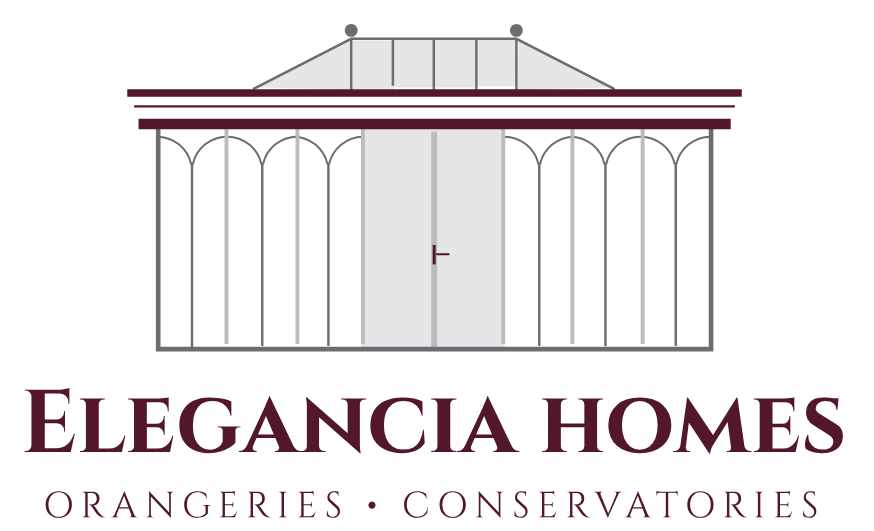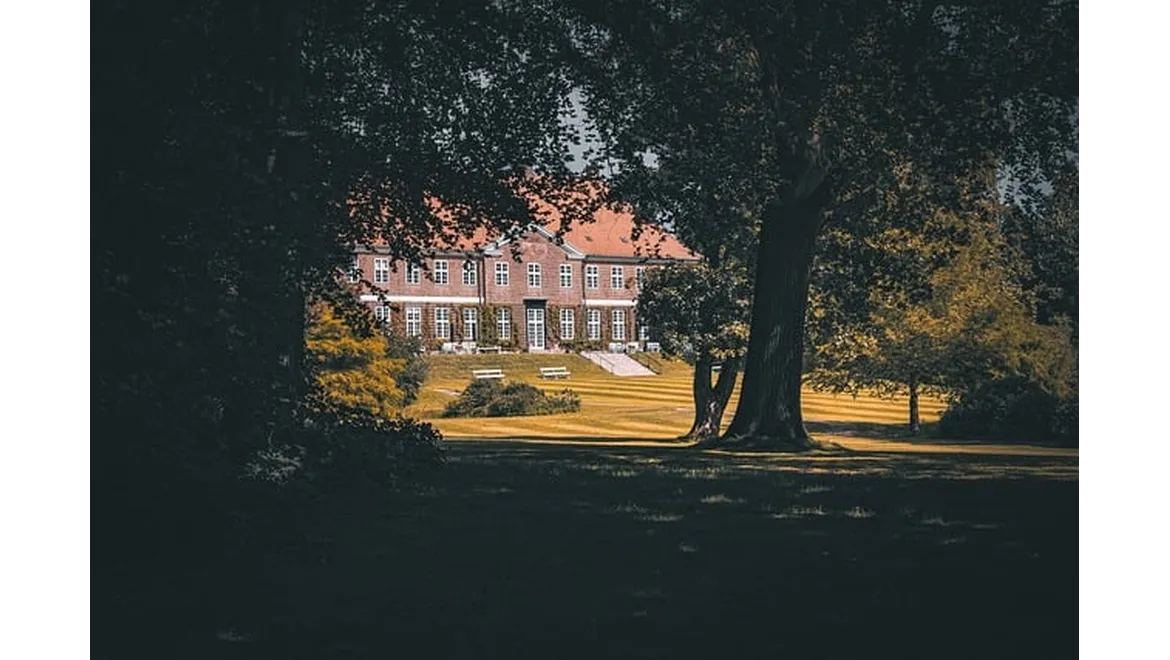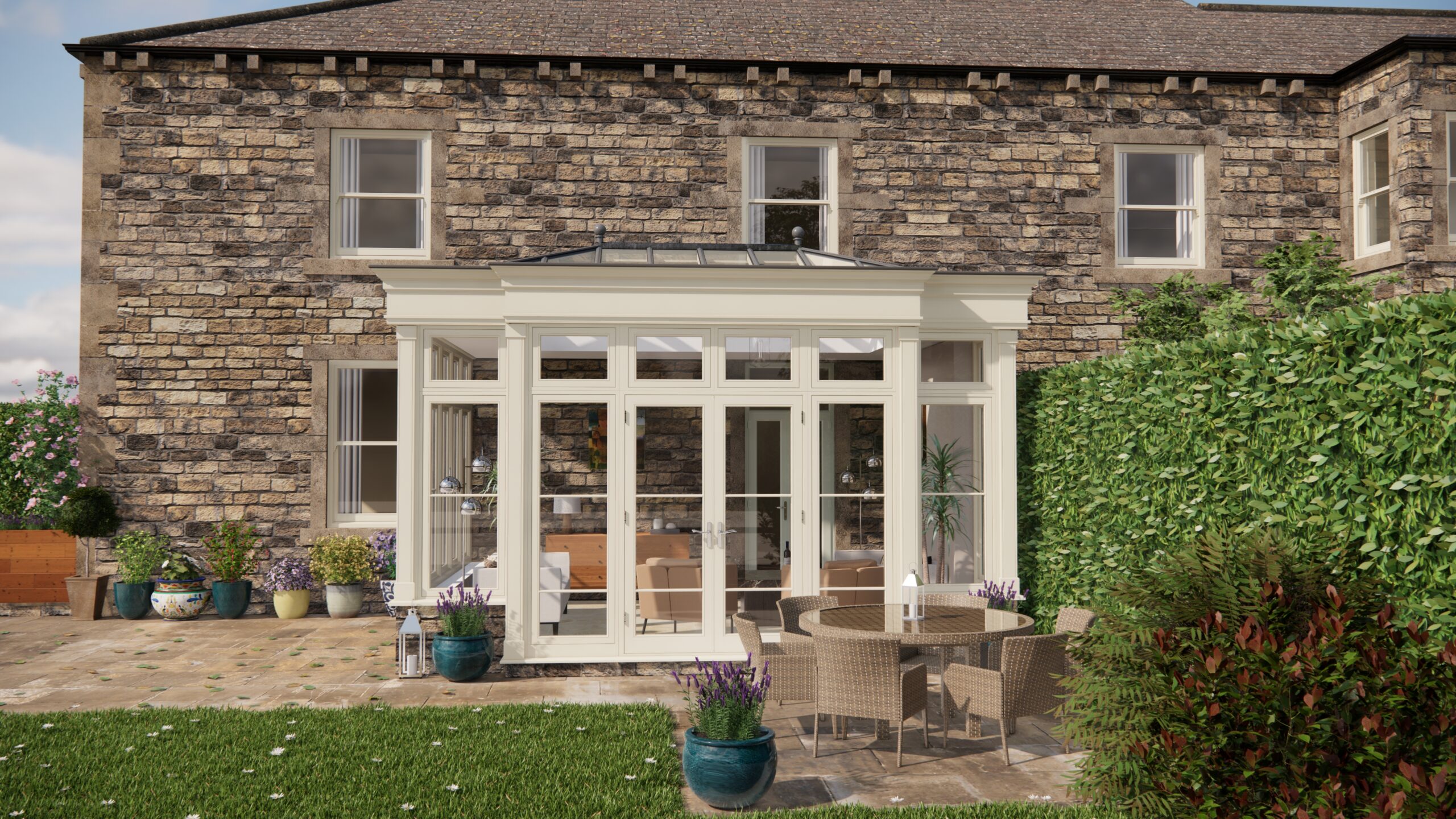When I first heard about the cutting-edge world of high-end security systems designed specifically for historical properties, I was intrigued. How do you protect a centuries-old manor or a historic library with all the modern bells and whistles, without disturbing its charm? To get the inside scoop, I sat down with Lydia Carter, a specialist in security solutions for historical sites. Our conversation was enlightening, not just about technology, but about respecting the past while embracing the future.
Setting the Scene
As we settled into the plush armchairs of Lydia’s cosy office, surrounded by books on architecture and history, it was clear that her passion for preserving historical properties was as strong as her expertise in security. “The key,” Lydia began, “is balance. You want to protect these sites without compromising their integrity.”
She explained that the first step in securing a historic property is a comprehensive site assessment. “It’s like detective work,” she chuckled. “You have to understand the property’s vulnerabilities, which can range from the physical structure to the artefacts within.” This process often involves detailed surveys and consultations with historians and conservationists to grasp the full scope of what needs protecting.
The Heart of the System: Technology Meets Tradition
Lydia was keen to highlight that the next phase involves integrating technology seamlessly into the property. “We use a lot of wireless systems because they’re less invasive,” she explained. “You can’t just start drilling into walls that have stood for hundreds of years.”
One of the standout technologies Lydia mentioned was the use of discreet sensors. These tiny devices can be hidden in corners or behind existing fixtures, monitoring everything from temperature fluctuations to unauthorised movement. “The goal is to detect issues before they become problems,” she said. “For instance, if there’s a sudden drop in temperature, it could indicate a window has been left open, which might not only be a security risk but also harmful to delicate materials.”
Moreover, Lydia introduced me to the concept of smart locks that blend into historical settings. These locks can often be controlled remotely, allowing for a blend of high security and historical authenticity. “They’re a game-changer,” Lydia noted. “You maintain the aesthetic while ensuring robust protection.”
Guarding Against the Elements and Intruders
Our conversation then turned towards the dual threats of environmental damage and human interference. “Weather can be a bigger enemy than people,” Lydia remarked. Many high-end systems now include environmental monitoring, which keeps tabs on humidity and air quality to protect the structure and its contents.
For intruders, Lydia explained that advanced motion detectors and CCTV play a crucial role. “CCTV has come a long way,” she said. “We use cameras that can differentiate between a stray cat and a potential intruder, reducing false alarms.” These systems often integrate with mobile apps, providing real-time alerts and video feeds to property managers, no matter where they are.
Training and Maintenance: The Unsung Heroes
Interestingly, Lydia emphasised that having the best technology is just one part of the equation. “You need the right people to manage it,” she insisted. This involves training the staff on how to use the systems effectively. “It’s about building a security culture,” she added, “so everyone is aware and proactive.”
Regular maintenance is another critical component. “Technology is great, but it needs to be looked after,” Lydia pointed out. Scheduled checks ensure that everything is in working order and can adapt to any changes in the property or its use.
A Thoughtful Integration
Before we wrapped up, Lydia shared a memorable project she’d worked on – a grand old theatre that needed modern security without losing its allure. “We installed a system that was almost invisible,” she recalled. “It was incredibly rewarding to see how technology and tradition could coexist so beautifully.”
Reflecting on our chat, it was clear that securing historical properties is as much an art as it is a science. The delicate dance of preserving history while safeguarding against modern threats is no easy feat, yet with experts like Lydia, it’s a challenge met with innovation and respect. The blend of discreet technology, meticulous planning, and continuous upkeep ensures that these treasures remain protected for generations to come, allowing them to tell their stories well into the future.


